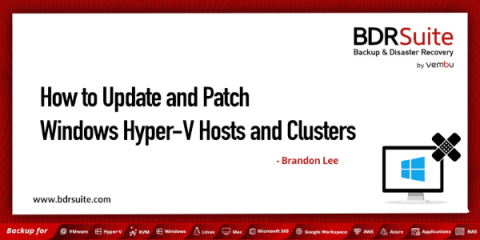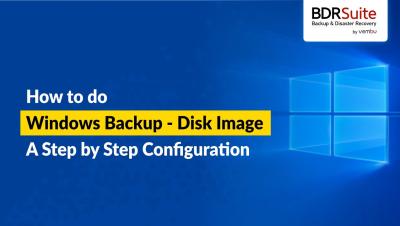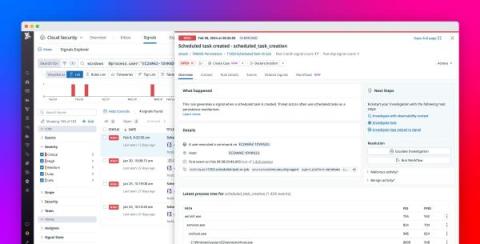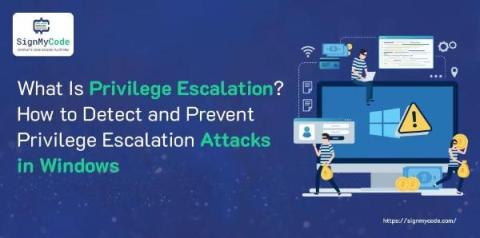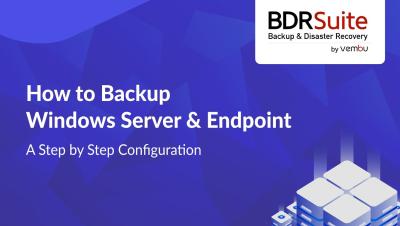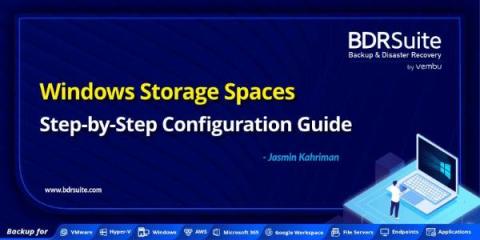How to Update and Patch Windows Hyper-V Hosts and Clusters
Keeping Windows Server systems updated with the latest patches is one of the key things that administrators can do to ensure their Windows Server environments are stable and secure. Patching is one of the necessary evils that administrators need to manage to keep Windows, Linux, and other environments healthy. Hyper-V hosts are part of the infrastructure that also needs to be kept updated.


